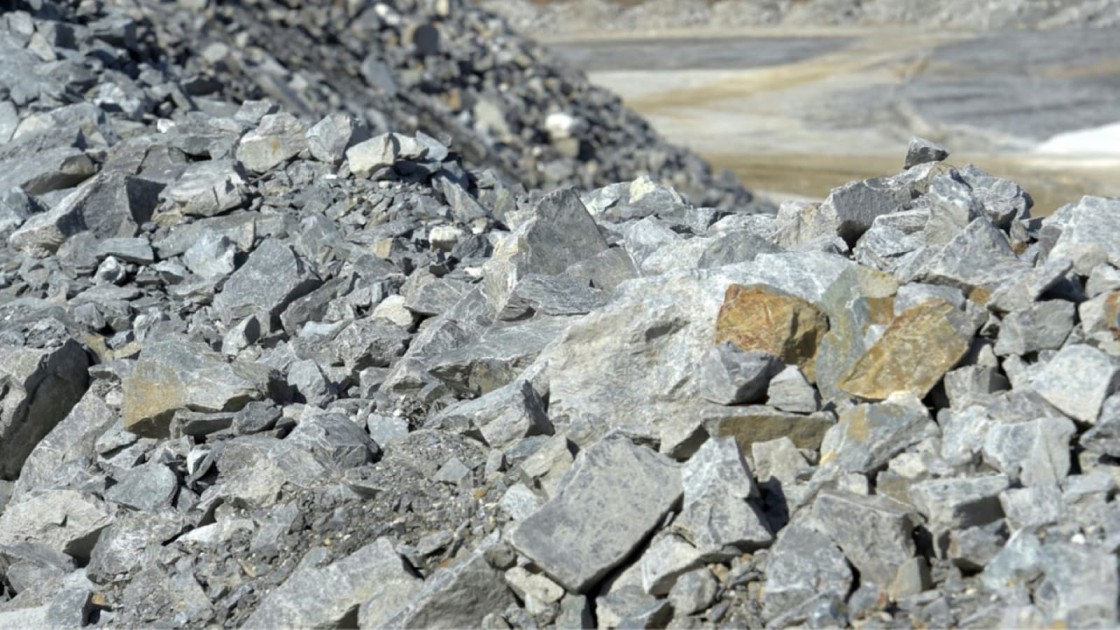India–US Trade Tensions Rise Over Steel and Auto Tariffs NMDC Limited reports a 38% drop in Q4 FY24 consolidated net profit RINL to Raise $23 Million Through Land Sales Amid Crisis

Lithium prices will likely recover modestly in 2024 and 2025 as the fall in the rates witnessed in 2023 has resulted in a production cut, the Australian Office of the Chief Economist (AOCE) has said. Analysts and industry leaders say prices may stabilise in 2024 before rising in 2025.
In its “Resources and Energy Quarterly”, it said lithium spodumene price is forecast to rise (in real terms) to about $1,360 a tonne by 2026, before falling to about $1,090 by 2029.
Global lithium producers have been reducing production, scaling back expansion plans, and focusing on cost-saving initiatives in response to low lithium prices since 2023, say analysts. The drop in prices has been driven by increased supply and a slowdown in electric vehicle (EV) sales. This includes Chinese lithium carbonate miners.
Lithium carbonate prices fell to below 110,000 Chinese yuan ($15,202) per tonne, failing to maintain the over-three-month-high of CNY 115,500 ($15,962) seen in the second half of March as oversupply in the Chinese electric vehicle market maintained muted bidding for batteries.
Currently, it is quoted at 108,500 yuan ($14,994), down 50% year-on-year. Spodumene and sub-surface brines are sources of lithium used in cathodes of lithium-ion batteries. Lithium hydroxide is obtained from lithium carbonate and is an EV battery material.
Paul Graves, President and Chief Executive Officer of US-brd Arcadium Lithium, said in February that “very few lithium expansion projects make economic sense at current market prices, and the longer prices stay near these levels the greater the impact will be on future supply shortfalls”.
“This could result in lithium prices rising, although the complexity of the global battery supply chain makes both the timing and extent of such an increase difficult to predict,” said Graves.
Also Read : Aluminium prices hit a two-week high due to Russian supply concerns Copper futures breakout signals bullish trend: potential rally to ₹745